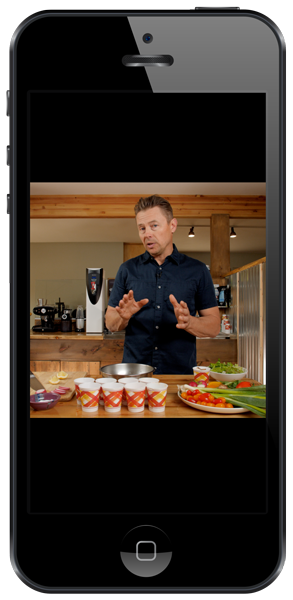Audio & Video Production Info
Provide Subtitles & Captions for Added Value and SEO


Let’s first explain the difference between subtitles and captions:
Subtitles are a method of translating spoken words into readable text and displaying it onscreen; they are commonly used to translate a video into another language.
Captions are another method of converting spoken words to onscreen text, but captions also include text-based descriptions of background sounds and other audio cues important to the story. There are two types of captions: open and closed. Open captions (or burn-in) are fixed onscreen; closed captions are user enabled.
Traditionally, captions have been provided as a service to deaf and hearing impaired audiences. However, times have changed, and we have a lot more information about our collective viewing habits.
Studies have shown that most viewers who enable closed captions do so for reasons other than hearing loss. In fact, in 2020 85% of the video content on Facebook was watched without sound!
We’ve come to understand that viewers for whom English is a second language also benefit from captions, as well as those with learning disabilities or difficulty maintaining focus. Captions can help with concentration, leading to greater comprehension.
Captioned videos have statistically higher view counts than videos without captions, and viewers are many times more likely to watch a video to completion when captions are available.
If you upload a video that doesn’t include captions a substantial portion of your audience either won’t receive or won’t understand your message —including the internet itself.
When you upload a video to the web you are prompted to provide a title, keywords, and tags —all crucial bits of metadata that contribute to your overall ranking. But search engine crawlers, little bots that roam around the web and index site content, have no idea what the content of your video is. They need a little help.
One method is to publish a transcript on the same page as the video.
The more integrated and interactive approach is to provide closed captions, which can be embedded in the video file or travel as a separate file. Viewers can turn closed captions on or off, and search engines will read and index captions, which directly impacts search results.
Size Up Your Audience

Portrait
The aspect ratio of an image describes the ratio of its width to its height.
Most of the time we deliver HD and 4K videos in 16:9, or “wide screen,” which looks great on a computer, tablet or television screen. Certain projects demand a wider, more “cinematic” format such as 2:35:1, which appears letterboxed just like many movies you watch at home.
Today people are consuming more content on their mobile devices than ever before. When they hold their phones horizontally, or in “landscape” orientation, the content properly fills the screen. However, most people choose instead to hold their phones vertically, or in “portrait” orientation, where the content does not fill the screen at all, leaving a lot of wasted space (and disappointing nearly every video creator).

Landscape
To counteract this behavior social media platforms have adopted different video formats, such as 9:16 or “vertical” video and 1:1 or “square”; both formats fill up much more of the screen than widescreen video does in portrait mode.
Sure, you can upload a video to YouTube and post a link to that video on your Facebook page, but most of your audience will watch in portrait mode, which is hardly the best presentation of your content. On top of this, social media platforms actually prioritize native video —video uploaded directly— over external links.
Because your social media presence is such a crucial component of today’s marketing strategy we recommend that you produce one “full” version that will look great on your website, YouTube, and Wistia for example, and a separate version reframed for social media.
As you can see, vertical video is framed quite differently than landscape video. Any wide screen video can be converted to a square or vertical format, but it’s important to know that up to 2/3 of your image will be lost in the process. If your sole intent is to create video for social media that content should be
captured with that specific framing in mind so that you can make the best use of that aspect ratio.

Square (1:1)

Vertical
